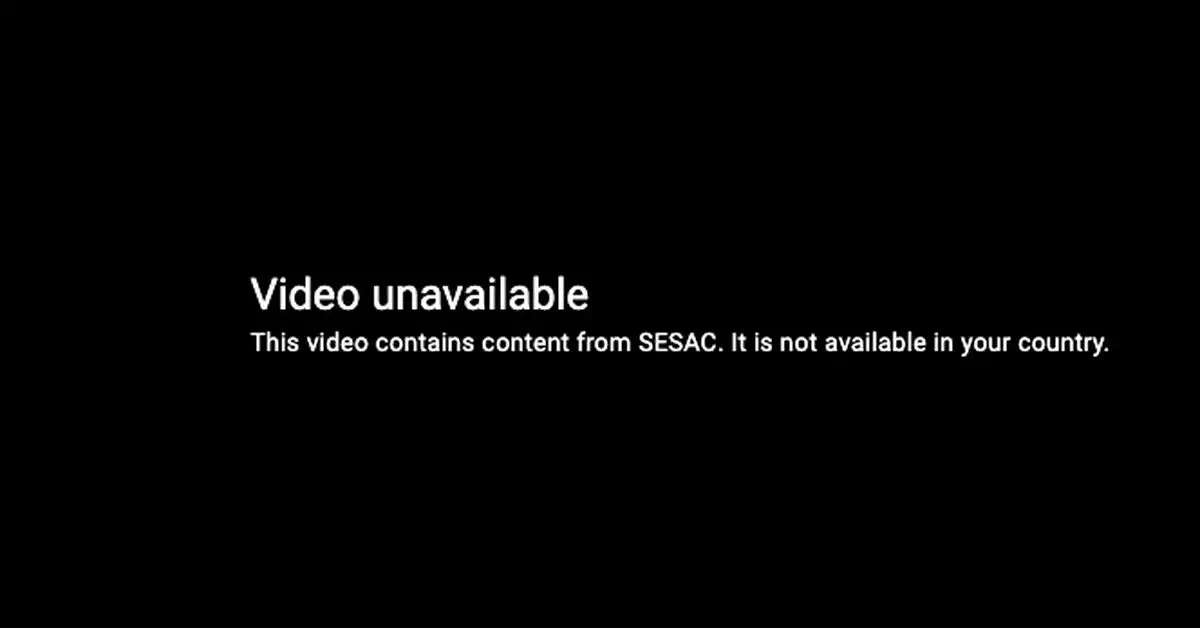In a surprising turn of events, music lovers encountered an unanticipated barrier when trying to access some of their favorite tracks on YouTube and YouTube Music. A swarm of content, including chart-toppers like Adele’s “Rolling in the Deep” and hits from artists ranging from Kendrick Lamar to Britney Spears, became abruptly inaccessible. Viewers were met with a discouraging message stating, “Video unavailable. This video contains content from SESAC. It is not available in your country.” The sudden cancellations left fans scratching their heads and pondering two pivotal questions: Who exactly is SESAC, and when will these beloved tracks be restored?
SESAC, or the Society of European Stage Authors and Composers, is a key player in the music licensing ecosystem, albeit a smaller entity compared to its more prominent counterparts like BMI and ASCAP. Established in 1930, this organization is responsible for managing the public performance rights of over 1.5 million songs, representing the interests of more than 15,000 songwriters, composers, and music publishers. Its relatively compact size does not undermine its importance; SESAC includes a range of high-profile artists within its repertoire. The organization underwent significant changes in 2017 when it was acquired by the private equity firm Blackstone, allowing it to secure a more formidable position in the music industry landscape.
Determining the timeline for reinstating the SESAC music on YouTube surfaces as a complex issue. While SESAC has a comprehensive database available for its repertoire, identifying specific tracks affected by the removal has proven to be difficult. According to reports, not all songs within the SESAC catalog are treated uniformly. For instance, Kanye West’s “Power” has faced restrictions, yet its music video remains accessible on the platform—a paradox that leaves many users frustrated. The challenge stems from distinctive licensing agreements that vary between individual songs and artists.
The relationship between YouTube and SESAC appears strained following the failure to negotiate a new licensing agreement before the previous one expired. YouTube issued a statement, emphasizing their commitment to copyright laws and acknowledging that the cessation of SESAC’s content availability in the U.S. resulted from the organization’s unwillingness to renew terms. Although YouTube remains optimistic about future negotiations, the current standoff leaves music enthusiasts in limbo.
As fans await clarity regarding the return of their favorite tunes, it is essential to remain updated on the evolving dynamics between platforms like YouTube and licensing bodies like SESAC. Music lovers can only hope for a swift resolution that prioritizes their access to a range of songs while respecting artists’ rights. Until then, the message to consumers is clear: don’t take your favorite tracks for granted because access can change in the blink of an eye.


Leave a Reply